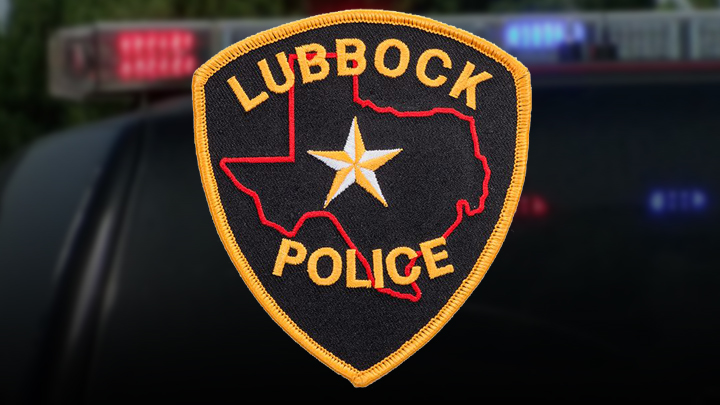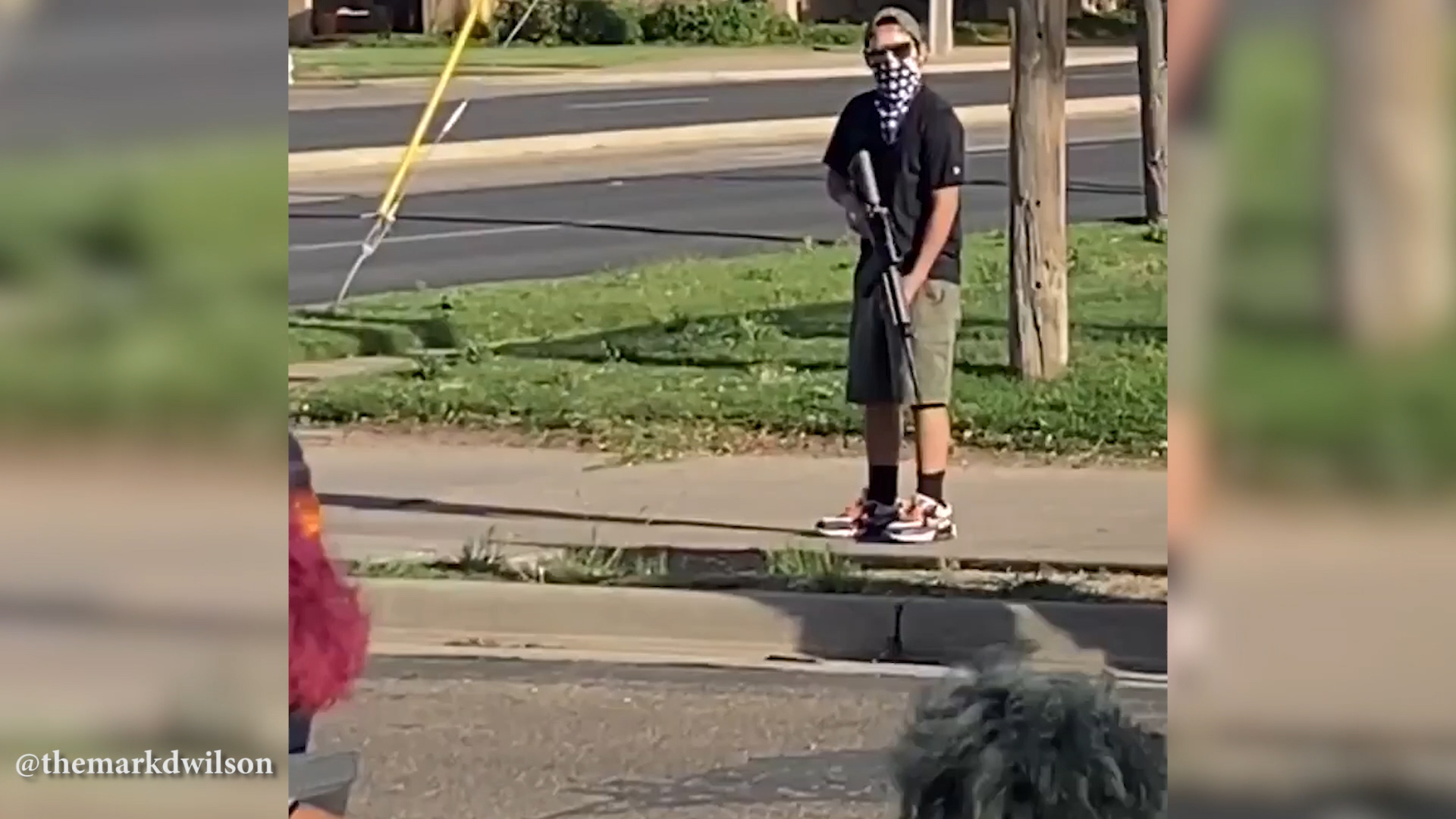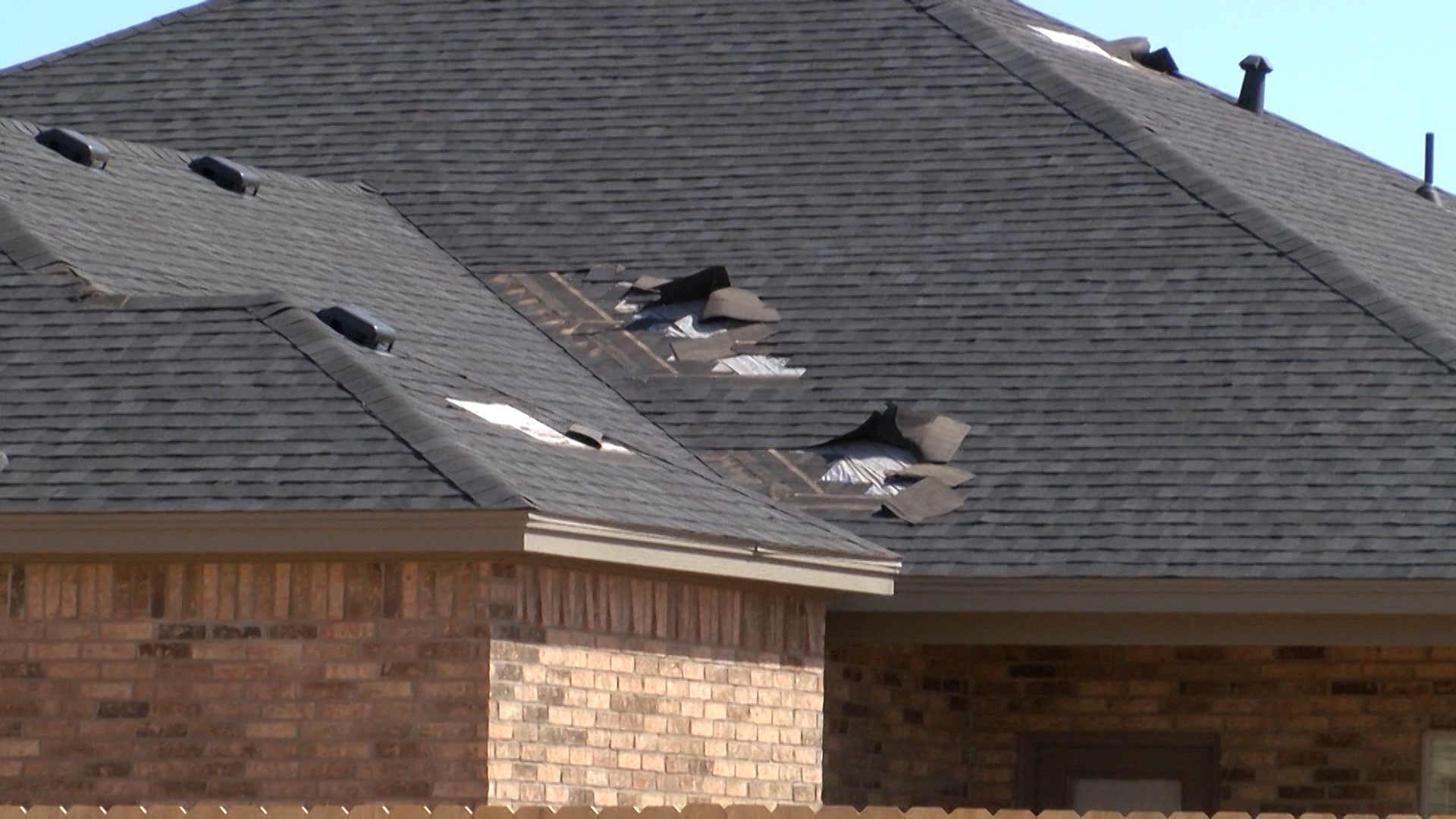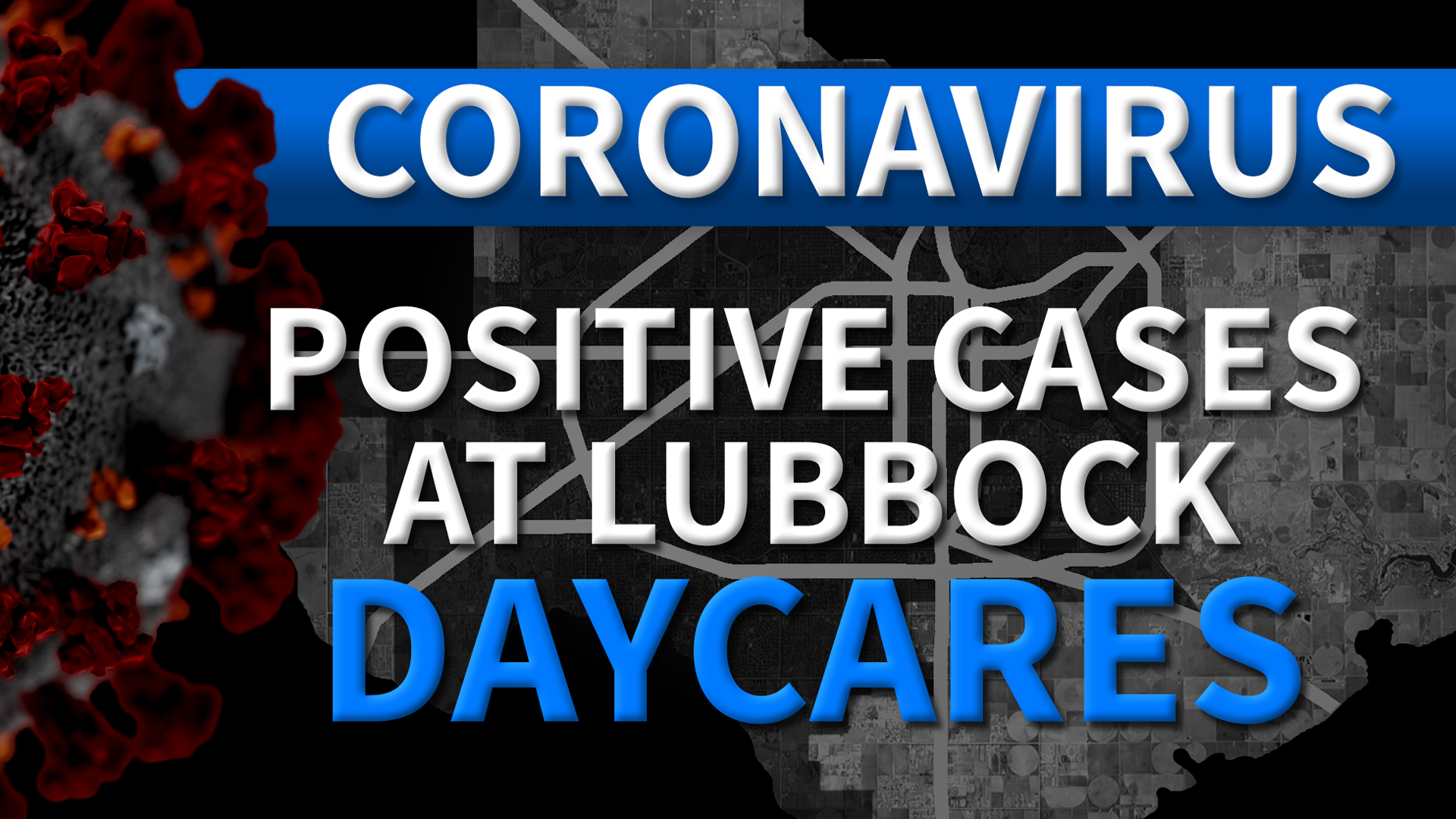AUSTIN (Nexstar) — Texas school districts are now required to have bleeding control stations on each of their campuses as part of the state’s new “Stop the Bleed” law.
School districts must comply with the law and have a program in place by January 1, 2020, under House Bill 496, authored by State Rep. Barbara Gervin-Hawkins, D-San Antonio.
The bleeding control stations must be stored in easily accessible areas of the campus and security planning protocols must also include their use. Students in grade seven and higher will also receive training every year on how to use a bleeding control station.

“I think if you can prepare people to be ready for any kind of situation and give them some life skills, I think that’s going to help us,” Dr. Crystal Dockery, deputy executive director with the Texas Association of Community Schools, said.
A bleeding control station is required to have: tourniquets, chest seals, compression bandages, bleeding control bandages, space emergency blankets, latex-free gloves, markers, scissors and instructional documents developed by the American College of Surgeons or the U.S. Department of Homeland Security detailing ways to prevent blood loss after a traumatic event.

Right now, districts are planning trainings and finalizing plans on where to put the bleeding control stations with their school safety teams.
“Some of our schools are doing it differently,” Dockery said. “Some are doing it in backpacks and they’re going to have it in every single classroom. Others are doing it where it’s going to be located by the AEDs. But the school safety group is going to be the one who is going to drive where they put those kits.”
Hays CISD, for example, has kits installed in every classroom.
“If you’re in the middle of a critical incident and it’s not safe to exit a room, what we wanted to do was bring the kit to the student and have ti accessible to them where they were,” Jeri Skrocki, director of safety and security for Hays CISD, said.
They’re also placed in generally the same area in each classroom – near or above the door.
“What the goal is, is muscle memory,” Skrocki said. “If we can put them in the same place in every classroom, what that does is cause people to not lose precious seconds looking for them.”
The district has trained personnel for the last three years.
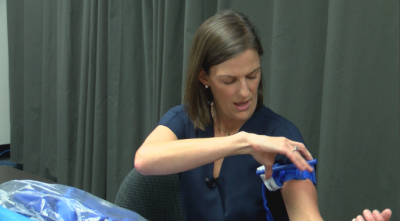
“Imagine that this was your friend, coworker or student and as they lose blood in an emergency situation, what do they look like, how would you respond and how quickly it can happen – I think that’s the ‘aha’ moment,” Macie Walker, director of student health services, said.

“It’s really common for after the training for people to say, ‘Where can I get tourniquets for me if I wanted to carry it in my vehicle,'” Walker added.
Dockery says this process can help identify what’s needed for each district’s campuses in terms of placement and training.
“What’s best for a very large district may be very different than what’s best for a small district in our state,” she said.
“I think it’s also encouraging some community partnerships with hospitals, with sheriff’s departments, police departments and other people who are going in and doing some of the training,” Dockery added.
Dockery finds value in the “Stop the Bleed” initiative. She’s seen the need for this type of effort first hand. She was a counselor at Palo Duro High School in 1992 when there was a school shooting. Six students were shot.
“At the time, we had gloves,” she recalls. “That was something they were pushing back then. But we pushed and pulled children into different places. I was with a student who was bleeding inside a restroom. I didn’t have access to my gloves nor was I going to go running down the hall to get them. I was tending to someone who was laying there.”
“Anytime you do this, you do the best that you can do in the situation that you are,” she added.
In the coming years, Dockery also hopes legislators will continue to study the law and how it’s working to make improvements as needed. She says she’s spoken to some districts who are using a significant portion of their school safety allotment funding to add the stations on their campuses.
“I think one of the things that we hope will continue is a funding source to be able to pay for, upgrade and continually monitor these,” she said. “I think the funding if you want it to increase and really be accessible for everyone in each classroom, it’s going to have to be a little bigger than having it in the school nurse’s office, in the main office and then the school resource officer’s office.”










